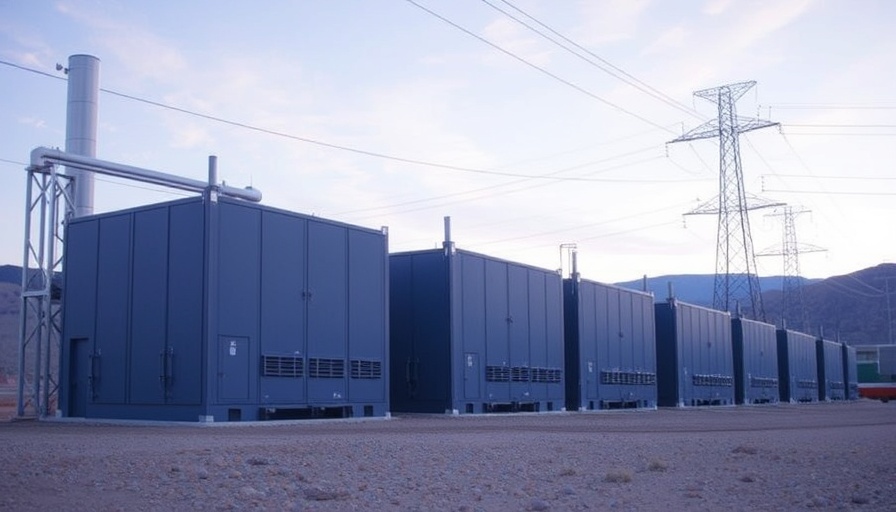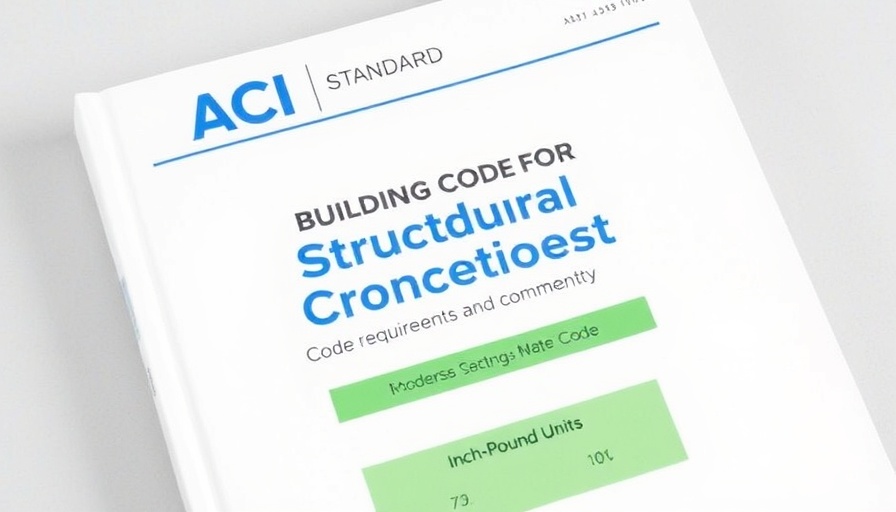
Powering Up: Northern Colorado's Bold Battery Initiative
Northern Colorado is set to embrace a energy transformation with a groundbreaking initiative: the construction of a 100-MW battery energy storage system. This project represents not just a shift towards renewable energy solutions but highlights the pivotal role technology plays in modern construction practices and energy management.
Why This Matters: A Leap Toward Sustainable Construction
Sustainability enthusiasts and construction industry professionals alike should pay attention. The move to battery systems aligns perfectly with the ongoing trend of integrating technology into construction, particularly in the realm of energy efficiency. As David has often pointed out, enhancing energy systems is vital for ensuring that buildings don't just consume energy but do so sustainably. By investing in such technology, Northern Colorado showcases a commitment to reducing carbon footprints while optimizing resource management.
The Mechanics of Innovation: What to Expect
The 100-MW battery system is not just a hefty investment; it represents a practical application of cutting-edge technology. This system will stabilize the electric grid, manage energy supply, and facilitate the incorporation of more renewable energy sources, such as solar and wind. For construction firms involved in this project, it opens up new avenues for innovation and demonstrates how integrating energy-efficient practices can lead to significant cost savings and operational efficiencies.
Market Relevance: Energy Storage and Construction Synergies
For clients of commercial construction companies, understanding the implications of such projects is crucial. As energy demand increases and systems become more complex, the partnership between energy solutions and construction should not be overlooked. This battery project could influence future building codes and standards, pushing for greener designs and technology-driven solutions that promise better project management.
Future Predictions: The Energy Landscape of Colorado
Looking ahead, the implications of this battery system extend beyond immediate power needs. Industry analysts predict a ripple effect in the market, where similar projects will spring up across the region as energy companies look to replicate Northern Colorado's innovative solutions. Such advancements could potentially redefine construction strategies, emphasizing energy resilience as a vital component of project management.
Conclusion: Why You Should Care
The development of the 100-MW battery system in Northern Colorado is more than just a local initiative; it's a beacon for the future of sustainable building and energy management. As clients and construction firms navigate their partnerships, understanding the interplay between energy advancements and construction efficiency will be paramount. Keep your eyes peeled—this could be the beginning of something transformative in the construction landscape.
Transform your construction approach today by integrating sustainable technologies. With increased focus on energy efficiency, understanding these developments can lead to better project outcomes and financial savings.
 Add Row
Add Row  Add
Add 




Write A Comment